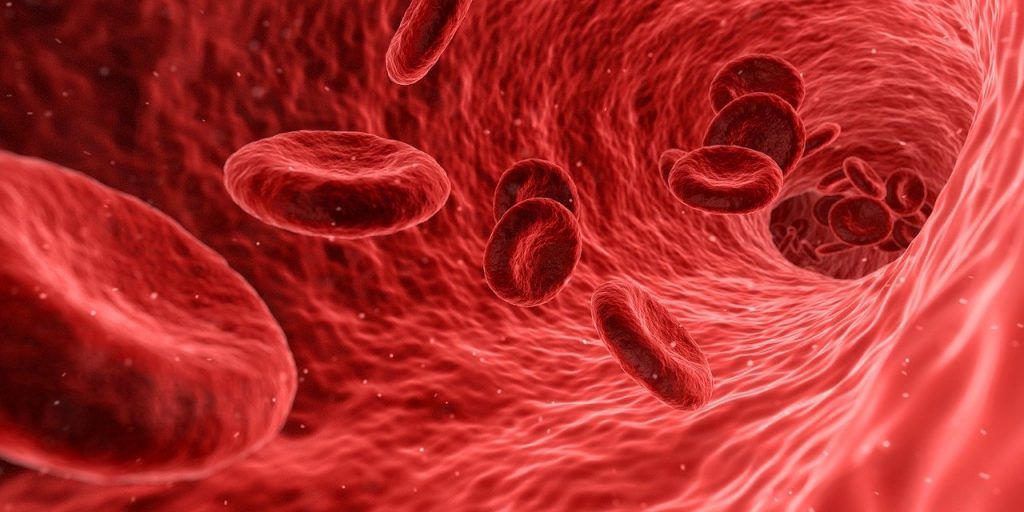
About Venous Stenting
May 5, 2022
What is Venous Stenting?
Stents are medical devices placed into an incompetent blood vessel to help it stay open and keep blood flowing. Stents are used to remedy a variety of vein diseases and conditions.
Venous stenting is a procedure in which a catheter is threaded into a diseased vein through a very tiny puncture in the vein, and then advanced to the area requiring treatment. Then the stent is deployed inside the vein to provide structural support. The stent stays in the vein and helps keep it open, preventing the blood from pooling or backing up (refluxing).
Why Have Venous Stenting?
Venous stents are typically used to resolve partial or complete reduction of blood flow within a blood vessel. Although stents may be used to treat a variety of conditions, one common reason for undergoing venous stenting is to treat post-thrombotic syndrome. This is a condition that can happen to people who have had a deep vein thrombosis (DVT) of the leg, which occurs when a blood clot (thrombus) forms in one or more of the deep veins. Sometimes, resolving a DVT results in damage to the vein which may partially or completely obstruct blood flow. In these cases, a stent may be used to support the damaged vessel. Other conditions such as May-Thurner’s Syndrome and Pelvic Congestion Syndrome might also require venous stenting.
Risks of Venous Stenting
As with any medical procedure, there are risks. However, there are relatively few associated with having a venous stent placed. Complications are uncommon but may include damage to the blood vessel caused by the catheter, bruising, bleeding, movement of the stent, infection at the puncture site, or a reaction to contrast material. Overall risk of complications from these procedures occurs in less than one percent of cases.
Should You Get Venous Stenting?
If you are having symptoms that may be related to venous outflow obstruction such as leg cramping, leg swelling, discoloration, leg pain, history of DVT or leg ulcers, contact us to learn more about your treatment options.



